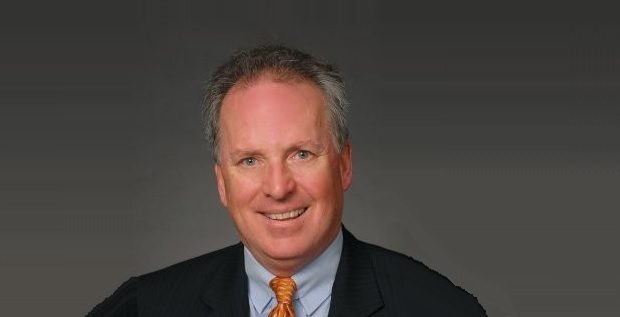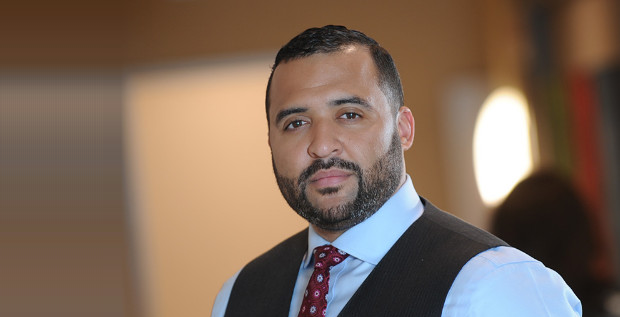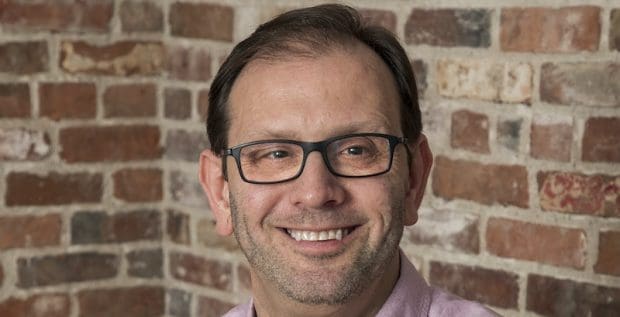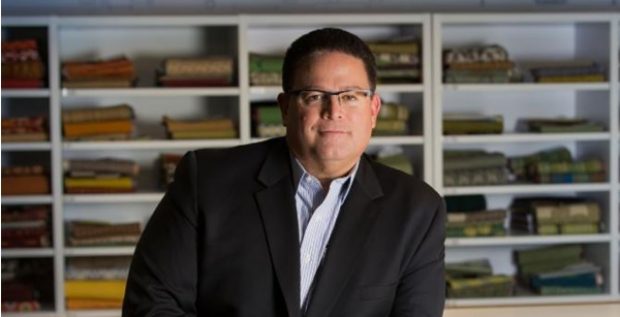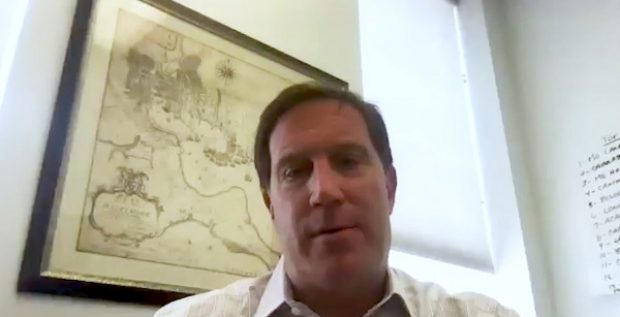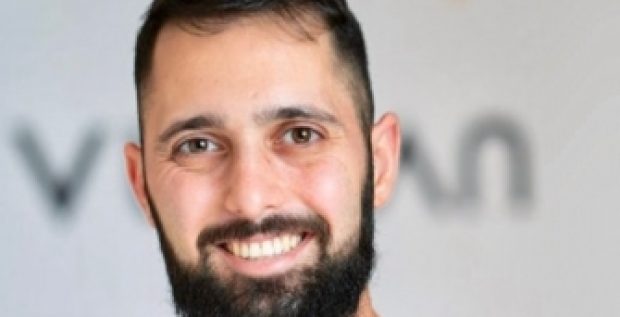Larry Jennings is the Senior Managing Director of ValStone Partners, a private equity investment firm he co-founded in 1998. With a focus on alternative investments, ValStone specializes in sectors such as debt and direct real estate. ValStone’s completed transactions boast an aggregate value of over $1.2 billion, and the firm’s current assets under management sit just below $500 million. Prior to launching ValStone, Larry was a principal of Carnegie Morgan Partners, an investment banker at Legg Mason Wood Walker, and a senior financial analyst with Maryland National Bank. Over the course of his career, Larry has completed in excess of $10 billion in transactions. He has decades of experience working with real estate workouts, distressed credits, the sale and leaseback of public real estate assets, and energy contract negotiations. An active philanthropist, Larry serves as a trustee for Carnegie Mellon University, Roland Park Country School, and Baltimore School for the Arts. He is also a Sinai Hospital board member and chairman of Morgan State University Foundation’s Investment Committee.
Q. How is ValStone Partners organized?
LARRY JENNINGS: We have an investment team, which sources transactions and looks at our relationship with our operating parties. We have an operating partner model, where we pick out what we believe are the best-of-breed operating partners in various spaces. For example, there’s MCB Real Estate, who are amazing office, industrial, and retail guys. Then we have an asset management team. At one point, 2000 to 2004, we were the largest buyer of defaulted SBA loans in the country. We had about 3000 SBA loans. Just imagine what the machinery behind collecting money on those 3000 loans. The SBA lends money everywhere—Guam, Puerto Rico, Samoa, Hawaii—so we almost had an 18-hour-a-day platform that was just collecting money. If you don’t pay your mortgage, you’re unlikely to be paying your taxes or other things, so we had this entire machinery focused on that. Once the investment was made, the asset management business sort of makes the sausage: makes sure like the trains are running, the payments are coming in—things like that.
Q. How did the firm get its start?
A. Not long ago there was a world of microfiche and paper. Just imagine you’re analyzing 2000 loans, and you go into a room. Today everything’s electronic. It’s Dropbox, or Box, or something like that, but back then, literally we’d go into the basement of the SBA and they were files and files and files and paper and microfiche. We had a team of a dozen people or so in the file rooms, and we realized the SBA was constipated with bad loans, so there was a big disincentive to how SBA loans were done. If the bank made an SBA loan and if it failed, they could get 80% of the money back by just turning the SBA loan back to the government. So rather than work these loans out, the bank would say, “I’ll just take a 20% haircut, and I’ll send it back to the SBA.” They had billions of dollars in these loans.
In the first SBA sale, we realized that even though lots of people had signed up to go into the war room—and back then it really was a war room, it was not like today—they weren’t going in. We had a conversation with Cargill and we said, “We really believe that this is going to be an inefficient sale”—meaning that it is not widely talked about—”we believe that we can buy these assets very attractively from the SBA, and we wanted to do an all-in-on bid. We want to bid on the entire $307 million of assets,” keeping in mind we had no private equity fund set up. It was just some money from me and Jerry [ValStone co-founder Gerald Timmis III] and little from [co-founder] Eric [Abel].
So Cargill says, “How much money do you need?” We said, “We need $150 million.” That was back when $150 million was real money. I mean today, you know… But this was in 1999. Cargill says, “Well, look—$150 million for you and Jerry is too much. Why don’t you take half of it—$75 million—of the investment and we will find another partner?” Cargill had another group called FCFC, out of Texas, so we split the portfolio in half. At that point I started just winding down the financial advisory business and we also like a little energy kind of component—doing energy services stuff—got out of those businesses completely.
In, say, 2000, 2001, we completely focused on one in a private equity business, so that’s kind of how we have started. It was completely ass-backwards. It was really starting out as a consulting assignment with Cargill. Jerry and I were more investment banking types not really investment people, Cargill said, “Eh, you can do it, you guys can solve problems. You can make investments.” That’s how we got in the business.








